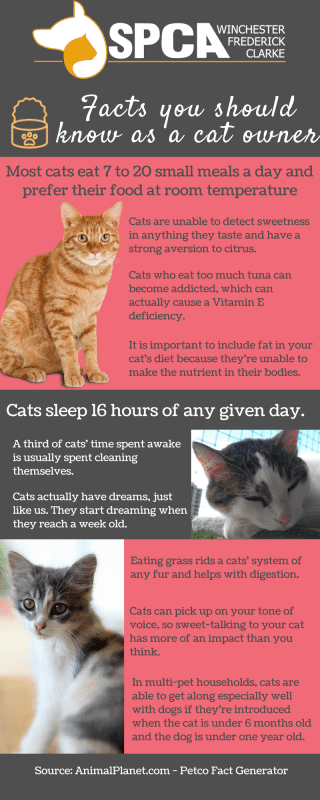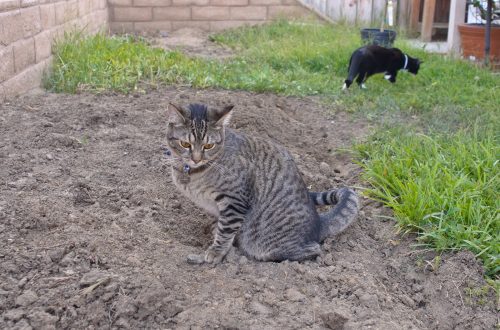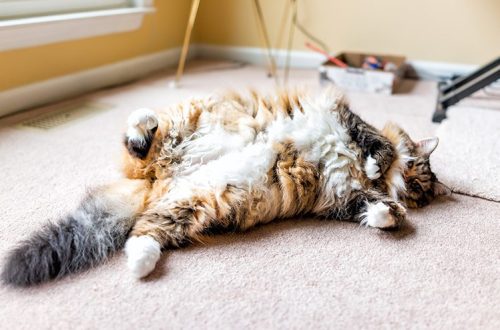
Interesting facts about how a cat eats
Choosing the right food for cats with special needs is the best way to keep your pet healthy and happy. Ask your veterinarian to evaluate the food you choose to make sure your cat is getting the right combination of nutrients. Since we are talking about nutrition, you might be interested to know what nature has provided for the cat to eat. Take this little quiz to find out some fun facts.
QUESTION 1: Cats love delicious food. Does this mean they have many taste buds? Guess how much.
ANSWER: Cats only have 473 taste buds, mainly because the bumps in the middle of the tongue have no taste buds.
QUESTION 2: Taste is the most important sense through which a cat enjoys food. What is the second feeling?
ANSWER: Smell. When determining whether a food is edible or not, cats rely heavily on their sense of smell. Incidentally, a unique set of organs called Jacobson’s organs, or vomeronasal organs, allow your cat to “taste the air” in its mouth when it inhales.
QUESTION 3: True or not? Cats are known for their good sense of taste, but some senses are stronger than others. A cat’s tongue is probably the least sensitive to sweets.
ANSWER: True. There are very few taste buds on the cat’s tongue that perceive the taste of sweet.
QUESTION 4: Cats will not eat any kind of food. Indeed, many of them refuse food of a certain temperature. Cold, room or warm – which one?
ANSWER: Cats don’t like cold food. Warm food or food at room temperature is more attractive to the cat. Perhaps this is due to the instinct to eat freshly caught prey in the wild.
QUESTION 5: A large number of teeth does not guarantee better chewing. Who has the smallest number of teeth: a human, a cat, a crocodile or a dog?
ANSWER: Cat. The average cat has 30 teeth designed for tearing and tearing. If something gets into a cat’s mouth, there is no chance that it will retain its integrity.





